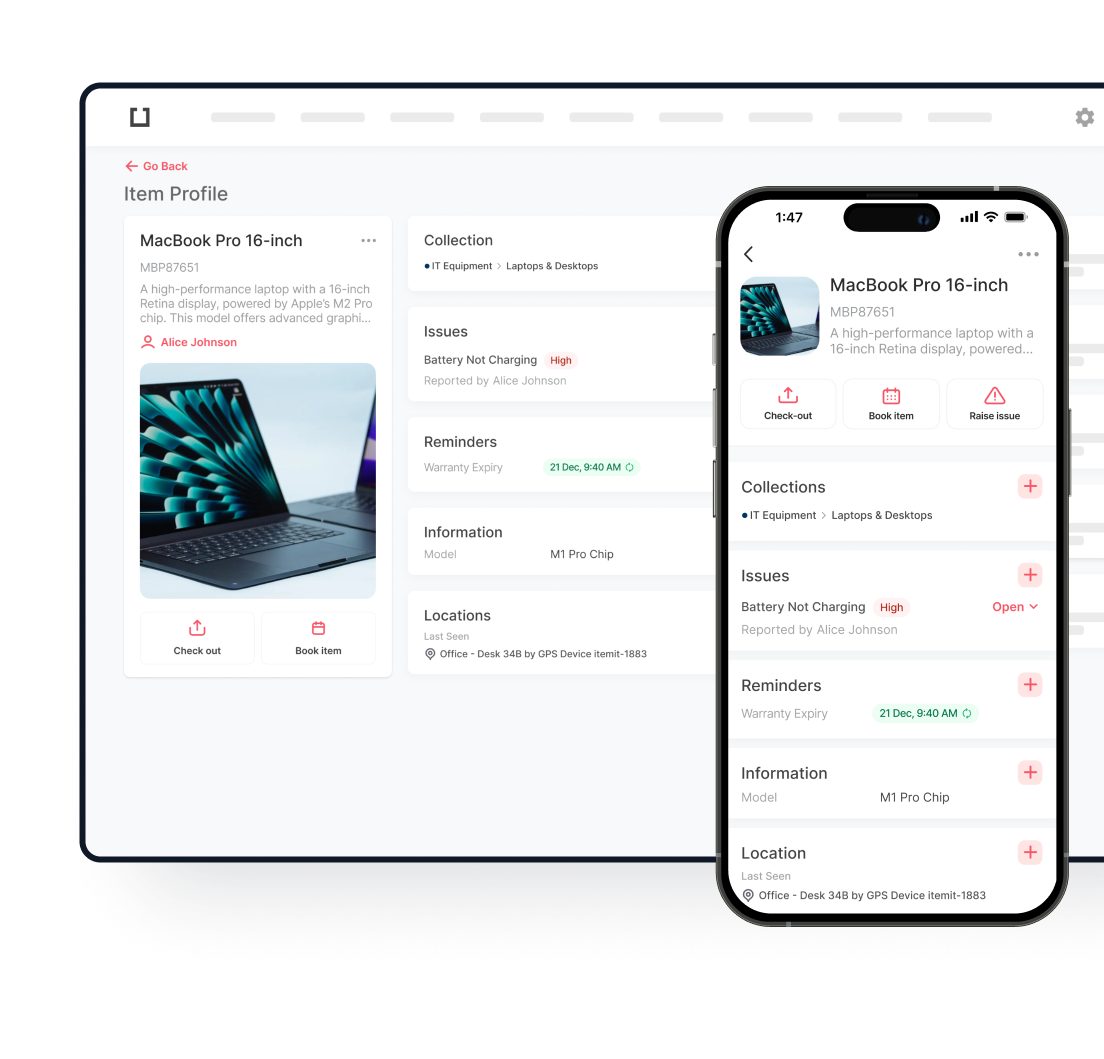
Let’s go over the management of inventory, as, in every company, it is one of those behind-the-scenes heroes. When addressing the smooth running of a company, inventory management usually comes first as the pillar of maintaining control over everything. This is an approach that guarantees you have just the correct quantity of stock on hand to satisfy consumer demand without stuffing your storage capacity with surplus items. Whether your organization is a big factory or a tiny retail store, efficient inventory management may either make or break your operations.
But there’s a hidden challenge that comes with inventory management – obsolete inventory. You could now be asking, what is obsolete inventory? Simply put, it’s stock that has lost value, gotten outdated or is no longer in demand. Those things gathering dust in your warehouse, tying up your capital, and occupying space you could be better using are those ones. In the corporate world, holding obsolete assets is like carrying dead weight; they don’t increase your earnings yet still need resources to run.
Effective management of obsolete stock is vital since it immediately affects the profitability of your business. Not to mention the operational inefficiencies it generates, obsolete inventory can create major financial losses if left uncontrolled. This post will walk you through what obsolete inventory is, how it varies from excess inventory, and – above all – strategies you could employ to control and lower it. Let us start right now.
What is Obsolete Inventory?

Having discussed the foundations now, let’s get right to the nitty-gritty: what is obsolete inventory? Fundamentally, obsolete inventory is anything that, either old, out of fashion or just not needed by consumers, renders commodities unsellable at their original worth. Consider the trendy goods from a previous season that never left the store racks or old-model devices replaced by more recent models. These things are just sitting there; they are not making money.
But first of all, how can inventory become outdated? It takes more than one night. Usually, it is a slow process whereby products formerly in demand gradually lose their market value for many reasons. Technological developments, shifting consumer tastes, or perhaps seasonal variations could all have a role here. In the electronics sector, for instance, items like laptops and cell phones have a somewhat limited lifetime. The older models lose appeal and finally become extinct as soon as a new model is launched on the market. In the fashion business, trends evolve quickly, and last season’s designs have gone unsold.
This leads us to a crucial point: controlling outdated inventory is about spotting early indicators and acting to stop it from building up initially, not only about getting rid of old material. Inappropriate management of outmoded goods can cause major financial burdens, including storage expenses, lower cash flow, and even write-offs.
Understanding Excess Inventory and Its Differences from Obsolete Inventory

We have thus addressed outmoded inventory, but what about excess inventory? Though they are sometimes referenced interchangeably, the two are not the same item. Excess inventory is merchandise that, although beyond present demand, could nonetheless be sold in the future. If there is more demand, you will order or make extra things, but suddenly, you will find that you have more than you need.
The potential value of surplus and obsolete merchandise sets them apart most importantly. While obsolete goods have little to no market value, excess inventory can still be sold – probably at a discounted rate. Like too much of a good thing, excess inventory is not perfect but it is not totally useless either. Conversely, obsolete inventory is a problem since it’s unlikely to bring in money without major markdowns or other disposal plans.
Regarding financial health, knowledge of the differences is really vital. Although both excess and outdated goods can tie down working capital and result in storage expenses, obsolete inventory is especially detrimental since it usually demands write-downs or write-offs, therefore directly affecting your bottom line.
Businesses sometimes apply particular calculations considering elements like holding costs, markdown percentages, and inventory turnover rates when determining the financial impact of excess and obsolete inventory. Minimizing the possibility of collecting either surplus or outdated inventory depends on routinely checking assets and modifying your inventory plan.
Calculating and Managing Obsolete Inventory
Effective management of your whole inventory depends on first computing obsolete inventory. Usually, the method consists of comparing your present inventory with market trends and sales data to find products whose demand has dropped. Though they differ, obsolete inventory accounting techniques usually involve creating a reserve for obsolete things to assist balance the possible financial impact when these items are finally written off.
The lower-of-cost market (LCM) rule is a standard approach to asset calculation for old inventories. This accounting concept mandates that companies document inventory worth to the lower of either historical cost or current market value. This helps the financial accounts to show a more realistic image of the actual value of the inventory, therefore avoiding asset overstatement.

Beyond accounting, controlling and reducing obsolete inventories calls for proactive plans. You can apply these techniques:
- Regular Audits: Regular inventory audits assist you in finding early on obsolete inventory. Maintaining control of your inventory will enable you to act before certain products start to cause problems.
- Improved Forecasting: Using market research and data analytics can enable you to more precisely forecast consumer demand, therefore lowering the danger of ordering or manufacturing goods that will subsequently go out of style.
- Vendor Management: Establishing close links with your vendors will help you to have flexibility with regard to order numbers and return policies. In this sense, you are not left with goods you cannot sell should demand change.
- Discounting and Promotions: Sometimes, the best approach to handle outdated inventory is to sell it off at a bargain. Although this might not be perfect, it’s usually better than allowing the inventory to lie idle and waste value.
- Donation or Recycling: Should selling the inventory prove unworkable, think about donating the goods or recycling the components. In addition to freeing up space, this could have tax advantages.
These techniques will help you to control the build-up of outdated goods and guarantee that your company stays financially strong.

Try itemit
Choose a better way to track
your assets.
Start your free 14-day trial now!
Frequently Asked Questions
What is the difference between excess inventory and obsolete inventory?
While outdated inventory refers to items that are no longer in demand and have lost their market worth, excess inventory refers to stock that exceeds current demand but still maintains value and can be sold.
How can I calculate obsolete inventory in my business?
Using techniques like the lower cost or market rule – which entails compiling the inventory value to represent its current market value, should it be less than the original cost – obsolete inventory can be determined.
What are some strategies for reducing obsolete inventory?
Several tactics include regular audits, improved demand forecasts, vendor relationship management, and discount or promotional sales of old inventory.
How does obsolete inventory impact my financial statements?
Write-downs or write-offs for obsolete inventory help you to lower the net income and general asset value of your business, therefore influencing the financial statements.
Can I donate or recycle obsolete inventory?
Indeed, one good choice is to donate or recycle old merchandise. It can cut waste, clear storage space, and maybe offer tax advantages.

Keep Learning
itemit Blog
Tips, guides, industry best practices, and news.
The Ultimate Guide to RFID Inventory Management
Discover the beginner’s guide to RFID inventory management technology. Learn how to improve accuracy, streamline stock tracking, and boost efficiency today!
A Guide to the Different Types of Inventory Management
Discover the different types of inventory management systems and how each can improve efficiency and accuracy in managing your business inventory.
Understanding the Inventory Tracking Process and Its Importance
Learn about the inventory tracking process and its importance. Discover how it helps improve efficiency, accuracy, and overall business management.


